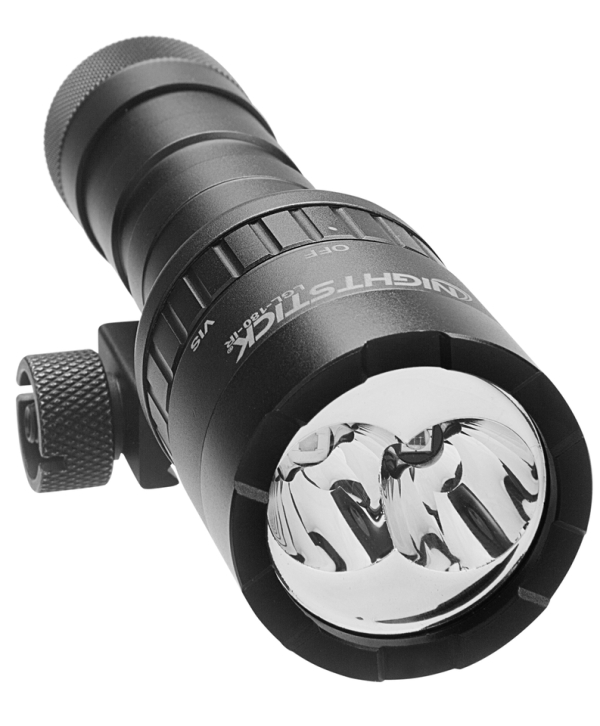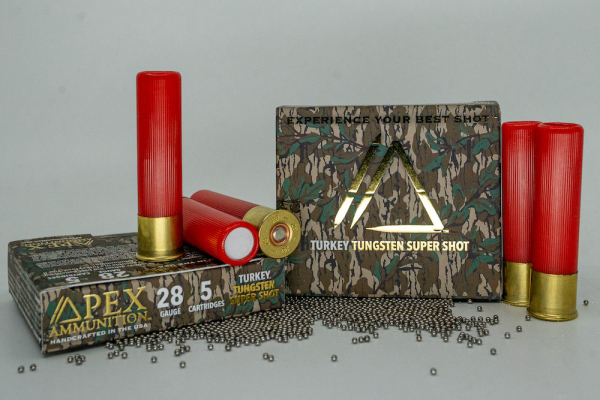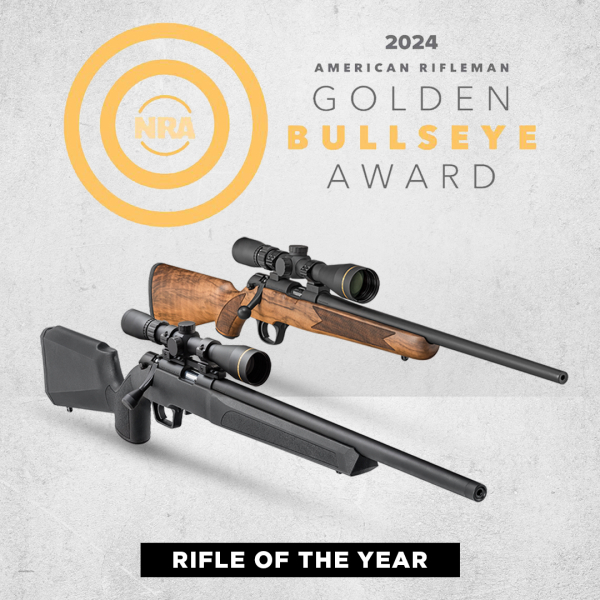Ruger Sponsors LIVinOutdoors

“Homesteading is: Being self-sufficient, living simply, getting back to our roots, breaking away from commercialism, growing your own food.”
If the last 4 years has taught us anything, it’s that it is crucial to be self-sufficient and to stand boldly in our convictions about what is right for our families. LIVinOutdoors, the newest outdoor lifestyle show presented by Ruger®, the arms maker for responsible citizens®, and Jen O’Hara, co-founder of the iconic outdoor fashion line Girls with Guns Clothing®. It focuses on the adventures of an armed American Momma on her quest to teach her daughters what it means to truly live off of the land.
Episode 1 of LIVinOutdoors is now streaming on CarbonTV with a new episode dropping every month. Each episode of LIVinOutdoors follows Jen and her family, including her two daughters, 4 year old Olivia, “Liv” the inspiration behind naming LIVinOutdoors, and 20 month old Chloe, as they tackle everyday living in rural Northern California. From homesteading to homeschooling, the O’Hara’s do it all – while armed and in style. Catch them in the garden, harvesting homegrown veggies, or in the kitchen, canning their crops and cooking up wild game. Hop in the side by side with Jen and the girls while they explore their property, feeding animals, checking trail cameras, and enjoying the beautiful Northern California sunshine. Traditional family values and a strong faith in God guide the O’Hara family in all that they do, and they are excited to share the ins and outs of their daily life through LIVinOutdoors. Read more







